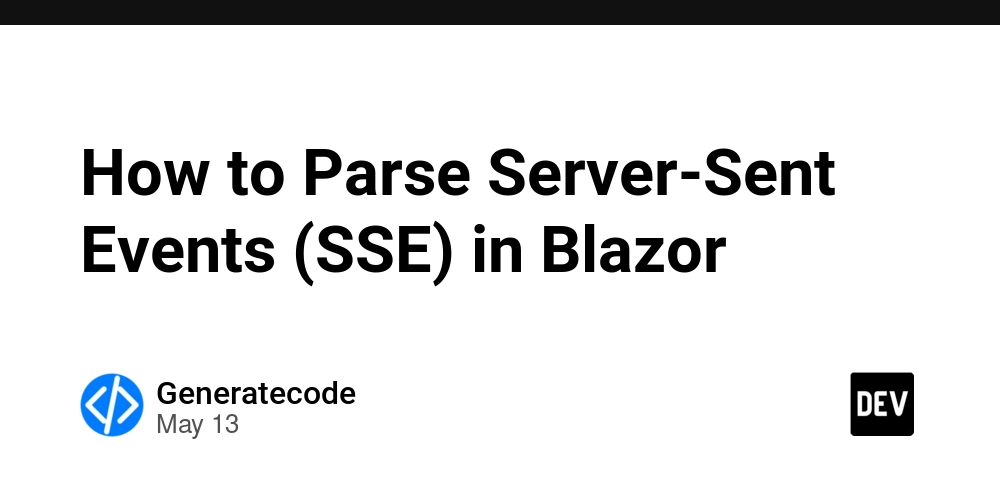PwC Releases Executive Guide on Agentic AI: A Strategic Blueprint for Deploying Autonomous Multi-Agent Systems in the Enterprise
In its latest executive guide, “Agentic AI – The New Frontier in GenAI,” PwC presents a strategic approach for what it defines as the next pivotal evolution in enterprise automation: Agentic Artificial Intelligence. These systems, capable of autonomous decision-making and context-aware interactions, are poised to reconfigure how organizations operate—shifting from traditional software models to orchestrated […] The post PwC Releases Executive Guide on Agentic AI: A Strategic Blueprint for Deploying Autonomous Multi-Agent Systems in the Enterprise appeared first on MarkTechPost.

In its latest executive guide, “Agentic AI – The New Frontier in GenAI,” PwC presents a strategic approach for what it defines as the next pivotal evolution in enterprise automation: Agentic Artificial Intelligence. These systems, capable of autonomous decision-making and context-aware interactions, are poised to reconfigure how organizations operate—shifting from traditional software models to orchestrated AI-driven services.
From Automation to Autonomous Intelligence
Agentic AI is not just another AI trend—it marks a foundational shift. Unlike conventional systems that require human input for each decision point, agentic AI systems operate independently to achieve predefined goals. Drawing on multimodal data (text, audio, images), they reason, plan, adapt, and learn continuously in dynamic environments.
PwC identifies six defining capabilities of agentic AI:
- Autonomy in decision-making
- Goal-driven behavior aligned with organizational outcomes
- Environmental interaction to adapt in real time
- Learning capabilities through reinforcement and historical data
- Workflow orchestration across complex business functions
- Multi-agent communication to coordinate actions within distributed systems
This architecture enables enterprise-grade systems that go beyond single-task automation to orchestrate entire processes with human-like intelligence and accountability.
Closing the Gaps of Traditional AI Approaches
The report contrasts agentic AI with earlier generations of chatbots and RAG-based systems. Traditional rule-based bots suffer from rigidity, while retrieval-augmented systems often lack contextual understanding across long interactions.
Agentic AI surpasses both by maintaining dialogue memory, reasoning across systems (e.g., CRM, ERP, IVR), and dynamically solving customer issues. PwC envisions micro-agents—each optimized for tasks like inquiry resolution, sentiment analysis, or escalation—coordinated by a central orchestrator to deliver coherent, responsive service experiences.
Demonstrated Impact Across Sectors
PwC’s guide is grounded in practical use cases spanning industries:
- JPMorgan Chase has automated legal document analysis via its COiN platform, saving over 360,000 manual review hours annually.
- Siemens leverages agentic AI for predictive maintenance, improving uptime and cutting maintenance costs by 20%.
- Amazon uses multimodal agentic models to deliver personalized recommendations, contributing to a 35% increase in sales and improved retention.
These examples demonstrate how agentic systems can optimize decision-making, streamline operations, and enhance customer engagement across functions—from finance and healthcare to logistics and retail.
A Paradigm Shift: Service-as-a-Software
One of the report’s most thought-provoking insights is the rise of service-as-a-software—a departure from traditional licensing models. In this paradigm, organizations pay not for access to software but for task-specific outcomes delivered by AI agents.
For instance, instead of maintaining a support center, a business might deploy autonomous agents like Sierra and only pay per successful customer resolution. This model reduces operational costs, expands scalability, and allows organizations to move incrementally from “copilot” to fully autonomous “autopilot” systems.
Navigating the Tools Landscape
To implement these systems, enterprises can choose from both commercial and open-source frameworks:
- LangGraph and CrewAI offer enterprise-grade orchestration with integration support.
- AutoGen and AutoGPT, on the open-source side, support rapid experimentation with multi-agent architectures.
The optimal choice depends on integration needs, IT maturity, and long-term scalability goals.
Crafting a Strategic Adoption Roadmap
PwC emphasizes that success in deploying agentic AI hinges on aligning AI initiatives with business objectives, securing executive sponsorship, and starting with high-impact pilot programs. Equally crucial is preparing the organization with ethical safeguards, data infrastructure, and cross-functional talent.
Agentic AI offers more than automation—it promises intelligent, adaptable systems that learn and optimize autonomously. As enterprises recalibrate their AI strategies, those that move early will not only unlock new efficiencies but also shape the next chapter of digital transformation.
Download the Guide here. All credit for this research goes to the researchers of this project. Also, feel free to follow us on Twitter and don’t forget to join our 90k+ ML SubReddit.
Here’s a brief overview of what we’re building at Marktechpost:
- ML News Community – r/machinelearningnews (92k+ members)
- Newsletter– airesearchinsights.com/(30k+ subscribers)
- miniCON AI Events – minicon.marktechpost.com
- AI Reports & Magazines – magazine.marktechpost.com
- AI Dev & Research News – marktechpost.com (1M+ monthly readers)
- Partner with us
The post PwC Releases Executive Guide on Agentic AI: A Strategic Blueprint for Deploying Autonomous Multi-Agent Systems in the Enterprise appeared first on MarkTechPost.










































































![Apple Unveils Powerful New Accessibility Features for iOS 19 and macOS 16 [Video]](https://www.iclarified.com/images/news/97311/97311/97311-640.jpg)


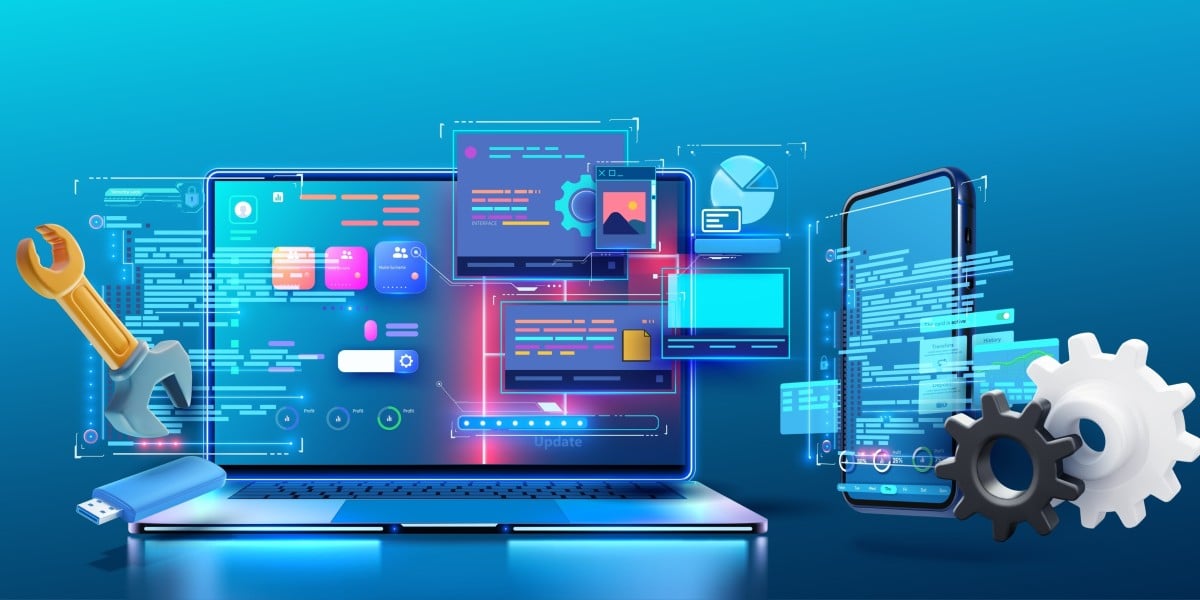
















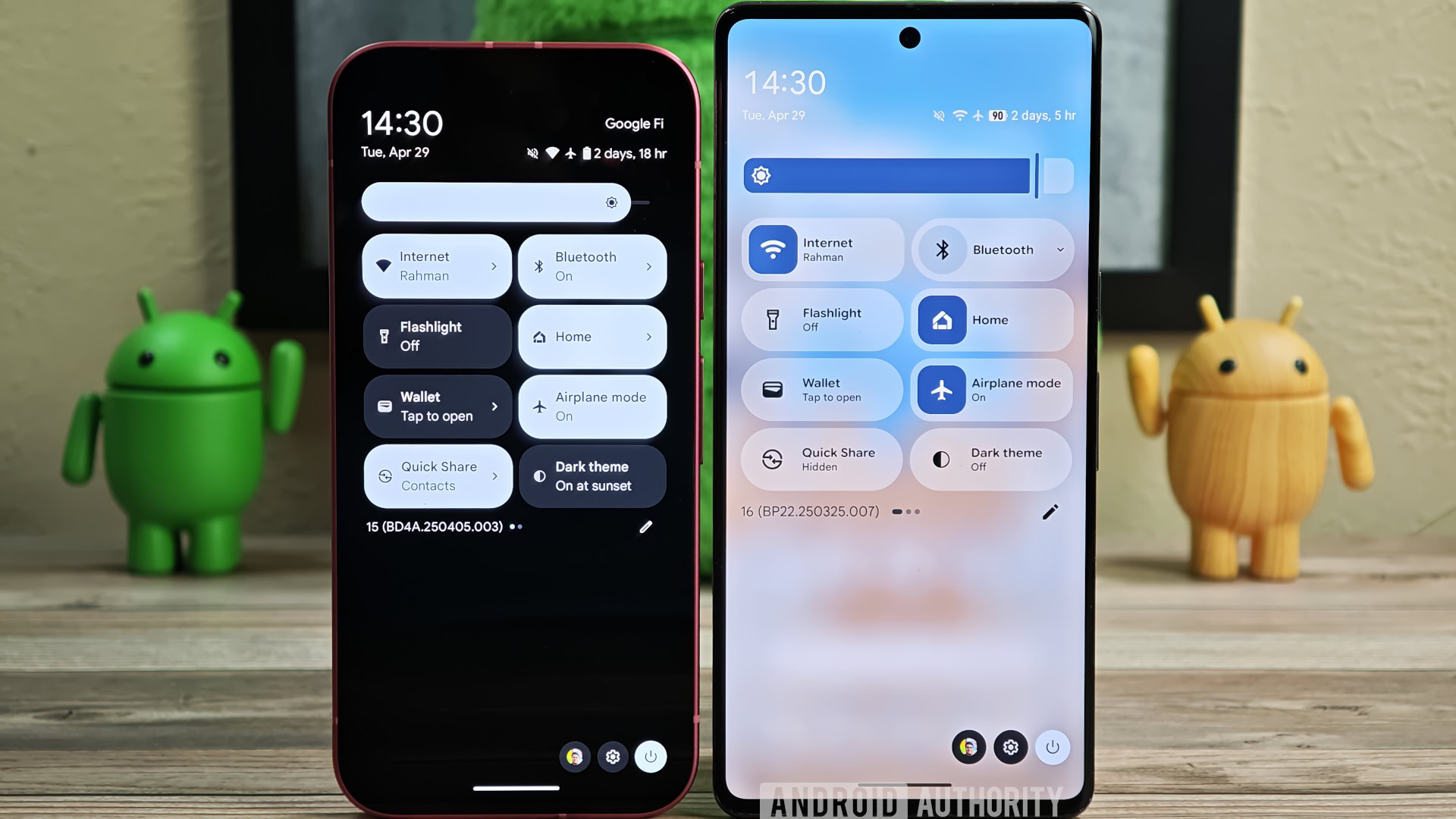







-xl.jpg)





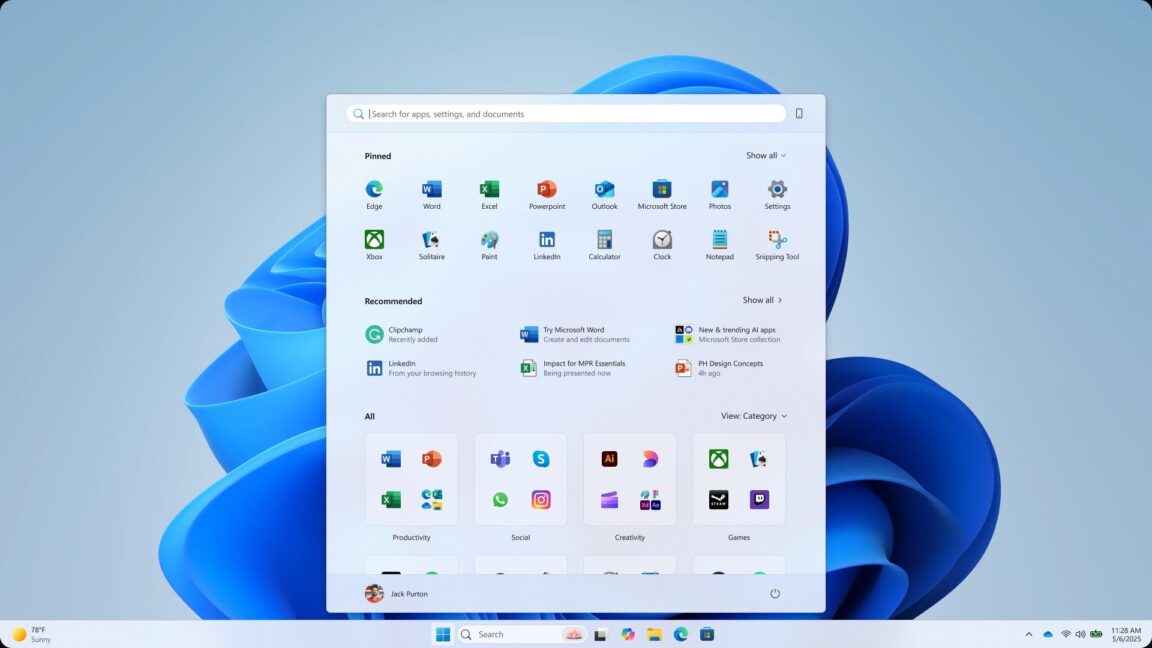



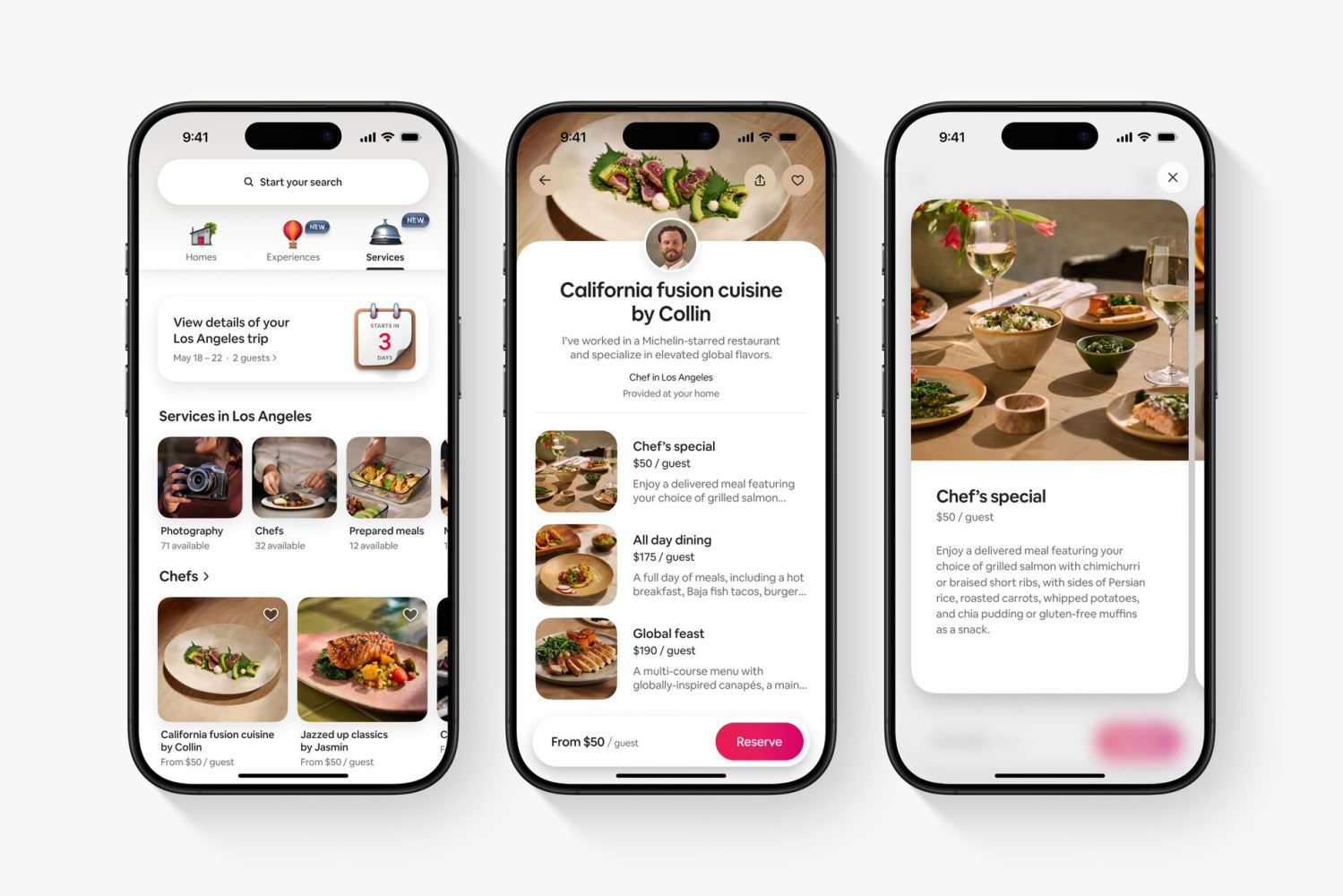





































































.png?#)
.png?#)



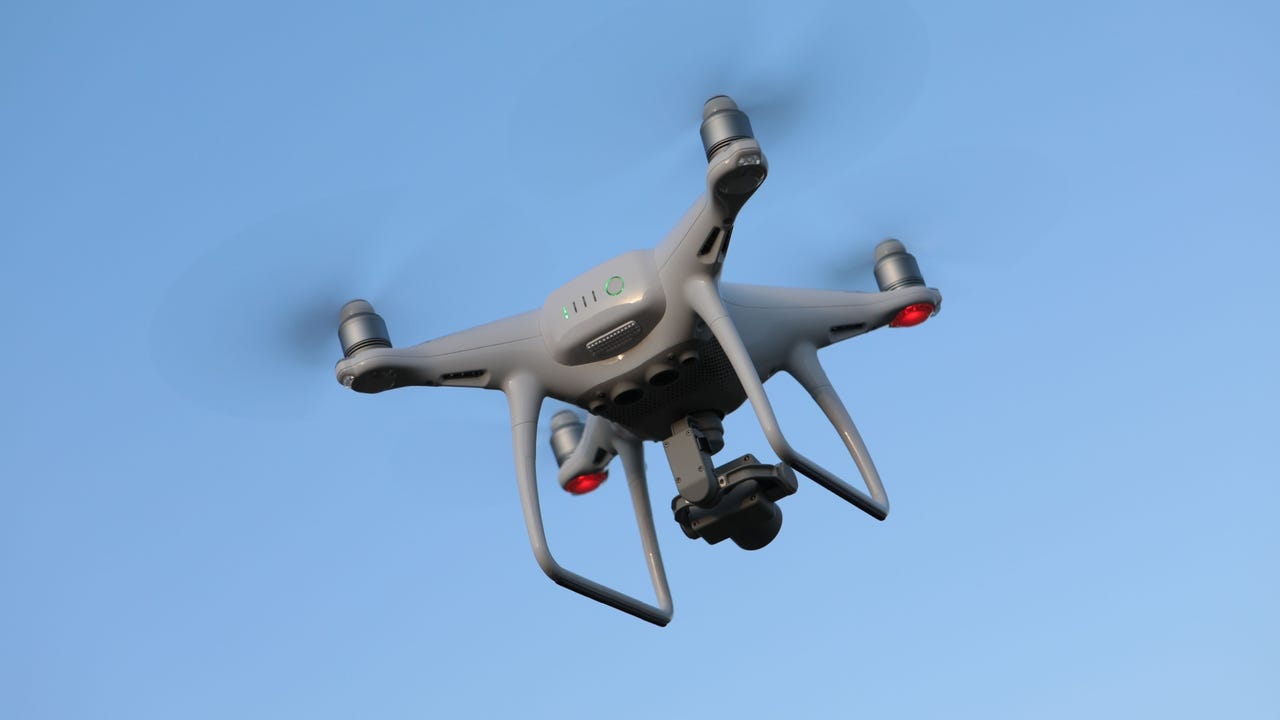




















































































































![[The AI Show Episode 147]: OpenAI Abandons For-Profit Plan, AI College Cheating Epidemic, Apple Says AI Will Replace Search Engines & HubSpot’s AI-First Scorecard](https://www.marketingaiinstitute.com/hubfs/ep%20147%20cover.png)






























































































































































